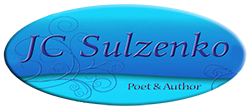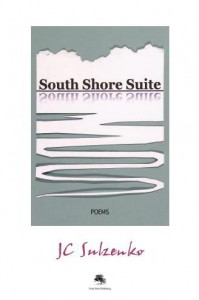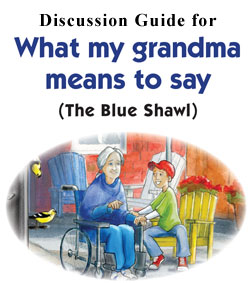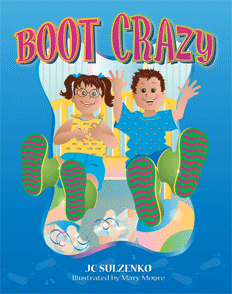Extraordinary Canadians Louis Riel and Gabriel Dumont Joseph Boyden, 2010
Louis: The Heretic Poems Gregory Scofield, 2011
Having tried to immerse myself in Joseph Boyden’s take on Louis Riel and Gabriel Dumont, I came away disappointed that so much ‘telling’ was jammed into one slim volume. For me, the book missed the chance to make that tragic era of broken promises, rebellion and downfall (of Riel, Dumont, and the Métis) come alive, though the well-presented facts scream for justice denied then and to this day. 6.5/10
On the other hand, poet and artist Gregory Scofield’s collection of poems speaks convincingly in Riel’s voice and shows the man as sexual being, intellectual, politician, visionary, religious zealot, and martyr. For a while, I thought the poems could have been written by Riel himself. 9/10
In both cases, the authors provide links to source documents every Canadian should read to understand how the history of our country influences current events relating to indigenous peoples.









Bookends
JC posts her views about books she has read on this page. Each mini-review, written after the book ends, will share her candid assessment of the craft and contents of books on her reading list. Reviews will be kept to around the same number of words as the characters Twitter allows per Tweet. The views expressed are entirely her own. She welcomes feedback on her Bookends comments through this website or on Twitter @jcsulzenko.
Share this: